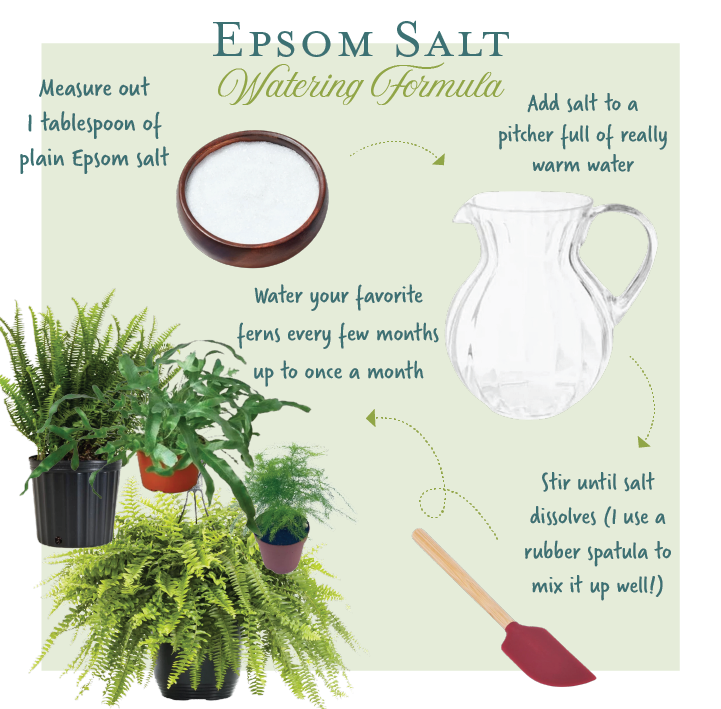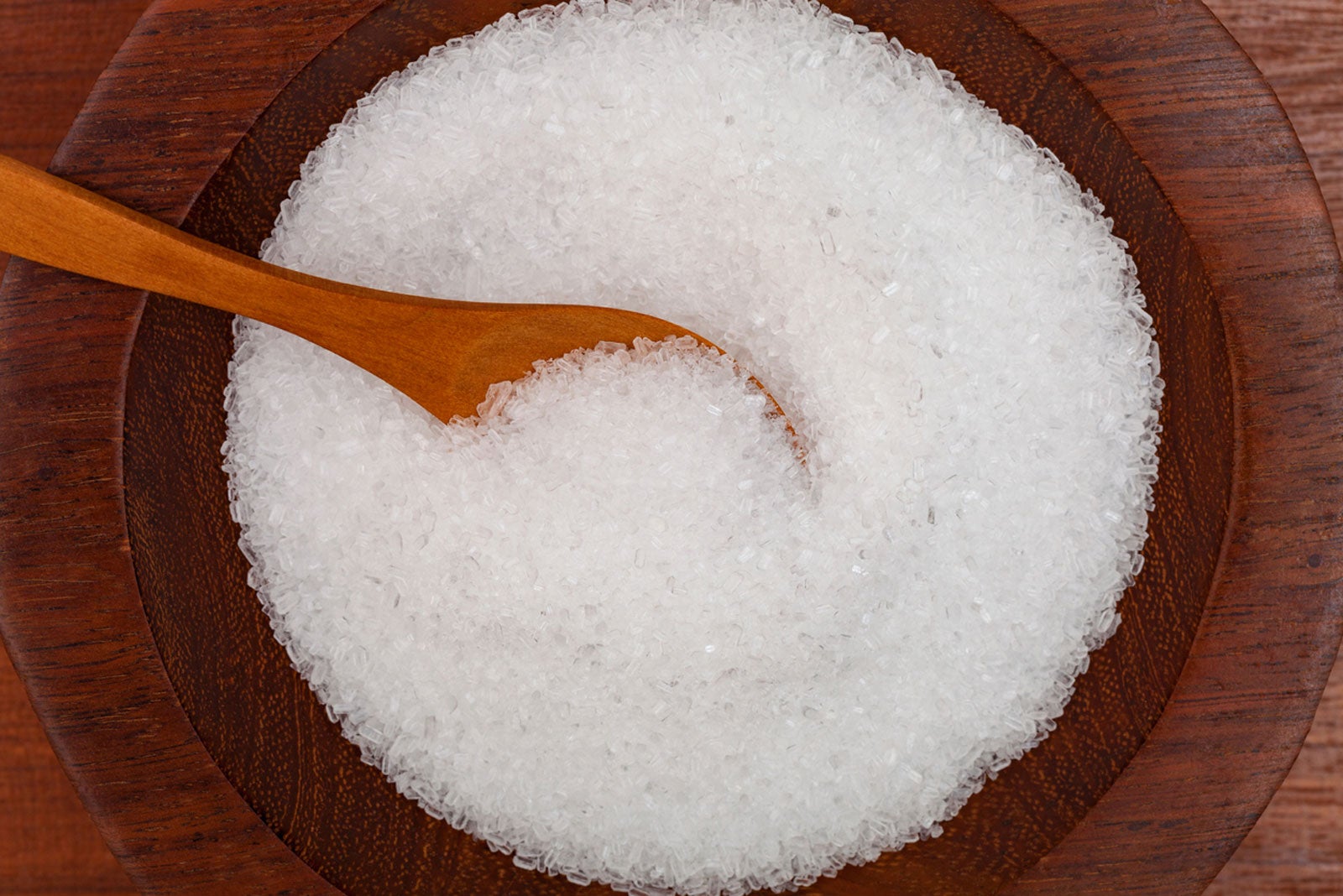Learn More About the Specific Plants That Are Detrimentally Affected by Epsom Salt Application
Epsom salt, a popular house remedy for numerous horticulture troubles, is commonly commended for its valuable impacts on plant development. Nonetheless, not all plants react favorably to its application. Comprehending the particular plants that can be detrimentally influenced by Epsom salt is crucial for any garden enthusiast seeking to enhance their plant treatment regimen. Roses, tomatoes, peppers, azaleas, and rhododendrons are simply a few examples of plants that may not respond well to Epsom salt. The reasons behind these adverse results and how to reduce them are essential knowledge for preserving a prospering garden.
Roses

Roses, particularly sensitive to modifications in their environment, can be adversely impacted by the application of Epsom salt. While Epsom salt is frequently used as a fertilizer to promote plant development and boost flowering, roses are among the plants that do not react well to its application. The high magnesium content in Epsom salt can hinder the uptake of other crucial nutrients by the rose plants, leading to deficiencies that materialize as yellowing leaves or stunted development.

Tomatoes
Tomatoes, known for their adaptability in culinary applications, can display adverse effects when exposed to Epsom salt due to their specific nutrient requirements. While Epsom salt is usually promoted as a remedy for different plant concerns, consisting of bloom end rot in tomatoes, its application can result in harmful outcomes otherwise used carefully. Tomatoes are heavy feeders that require a balanced intake of nutrients, especially calcium, to grow. Too much Epsom salt, which is magnesium sulfate, can disrupt the fragile nutrient equilibrium required by tomatoes, potentially leading to shortages in other crucial nutrients like calcium. This imbalance might show up in signs such as stunted growth, yellowing fallen leaves, or also reduced fruit manufacturing in tomatoes. When considering the use of Epsom salt on tomatoes, it is essential to adhere to recommended application rates and dirt screening to prevent unintentional repercussions on the total health and productivity of these cherished garden plants.
Peppers
Peppers, admired for their different shades and degrees of spiciness, can demonstrate vulnerability to unfavorable influences from Epsom salt when not applied with treatment and factor to consider for their specific nutritional needs. what plants don't like epsom salt. Peppers, belonging to the Solanaceae household, require a delicate balance of nutrients to flourish. While Epsom salt is recognized to increase magnesium levels in plants, extreme application can interrupt this balance, leading to unfavorable effects on pepper plants
When peppers are exposed to high degrees of magnesium from Epsom salt, it can disrupt the plant's ability to absorb other essential nutrients like calcium and potassium. This imbalance might manifest in signs and symptoms such as leaf staining, stunted growth, and lowered fruit manufacturing. Additionally, the excessive magnesium can modify the soil pH, more worsening nutrient uptake issues for peppers.

Rhododendrons
Given the sensitivity of certain plant species to discrepancies brought on by Epsom salt, it is important to consider the impact on Rhododendrons, which likewise need specific nutrient degrees to prosper. Rhododendrons are acid-loving plants that favor acidic dirt problems with a pH range between 4.5 and 6.0. Epsom salt, chemically called magnesium sulfate, can alter the dirt pH and interfere with the fragile balance of nutrients essential for Rhododendron wellness.

To preserve the ideal development and health and wellness of Rhododendrons, it is critical to stay clear of the unplanned use Epsom salt and instead concentrate on offering the particular acidic soil conditions and nutrients that these plants require for prospering.
Azaleas
Azaleas, understood for their vibrant flowers and wide series of colors, are decorative shrubs that belong to the Rhododendron category. These popular blooming plants are frequently located in parks, landscapes, and yards as a result of their appeal and flexibility. Azaleas are sensitive to adjustments in soil pH levels, which can considerably impact their growth and overall health and wellness. While Epsom salt is frequently used as a remedy for magnesium shortage in plants, its application to azaleas can have negative impacts.
When Epsom salt is applied to azaleas, it can change the soil pH, making it much more acidic. Azaleas prefer slightly acidic soil conditions, and an excess of magnesium from Epsom salt can disrupt this equilibrium, causing nutrient inequalities and prospective poisoning problems. The incorrect application of Epsom salt can result in stunted development, yellowing of leaves, and total decline in the wellness of azaleas. Consequently, it is vital to be cautious when thinking about using Epsom salt on azaleas to stop any unfavorable consequences on these fragile ornamental shrubs.
Final Thought
Finally, it is necessary to be familiar with the specific plants that can be negatively affected by the application of Epsom salt. Roses, tomatoes, azaleas, peppers, and rhododendrons are some examples of plants that might not profit from Epsom salt and might also suffer damage. It is critical to study and recognize the requirements of each plant species before making use of Epsom salt as a fertilizer to ensure their health and health.
Comprehending the specific plants that can be negatively affected by Epsom salt is important for any type of garden enthusiast looking to maximize their plant care routine. While Epsom salt is generally made their website use of as a plant food to promote plant growth and enhance blooming, roses are one of the plants that do not react well to its application.Too much use of Epsom salt can likewise result in an accumulation of salts in the soil, leading to root damages and dehydration of the rose plants. While Epsom salt is known go to my blog to boost magnesium levels in plants, too much application can interrupt this equilibrium, leading to adverse impacts on pepper plants.
The high salt material in Epsom salt can additionally dehydrate Rhododendron origins, triggering additional stress and damages to the plant. (what plants don't like epsom salt)